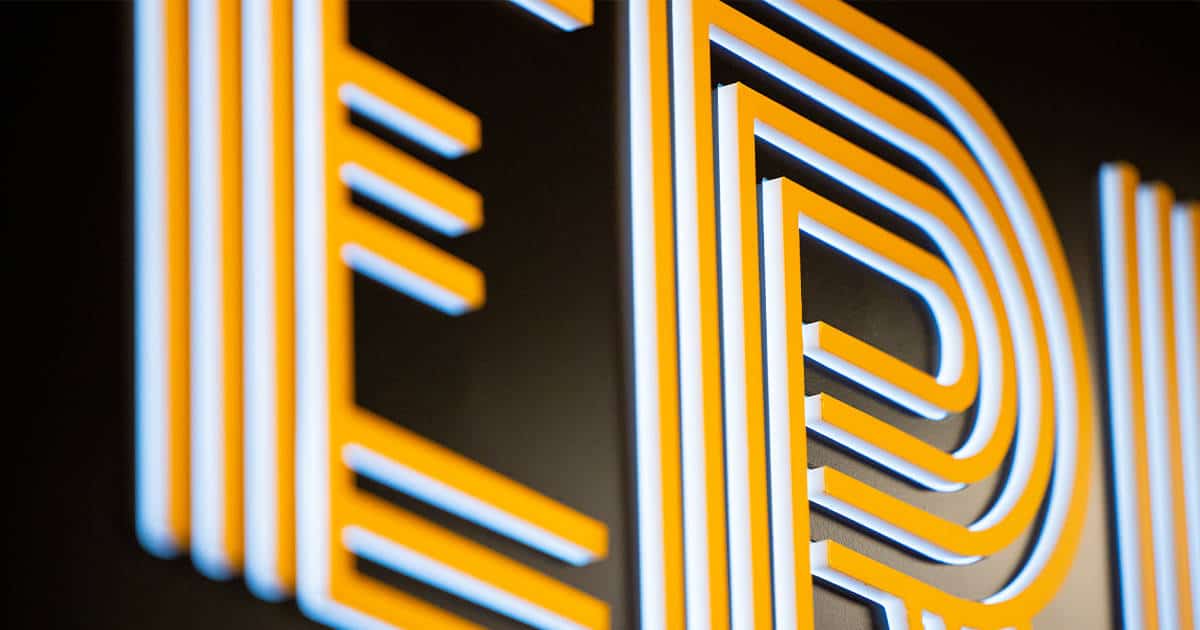As has been widely reported in the patent world, the Federal Circuit recently granted a petition requesting en banc review in Lighting Ballast Control LLC v. Phillips Electronics North America. Since the day a divided Federal Circuit handed down its opinion affirming the de novo standard of review of claim construction in Cybor Corp. v. FAS Technologies, Inc., 138 F.3d 1448 (Fed. Cir. 1998), the opinion has been criticized by many. Among the criticisms is that this standard is a potential cause of unpredictability and high reversal rates at the Federal Circuit. Though there have been numerous prior attempts to seek reconsideration of the Cybor rule, it was not until very recently that sufficient turnover had occurred among Federal Circuit judges to obtain a majority vote in favor of reviewing Cybor, as predicted by Hal Wegner and reported by PatentlyO. In its order granting en banc review, the Federal Circuit asks three questions:
a. Should this court overrule Cybor Corp. v. FAS Technologies, Inc., 138 F.3d 1448 (Fed. Cir. 1998)?
b. Should this court afford deference to any aspect of a district court’s claim construction?
c.If so, which aspects should be afforded deference?
While the Federal Circuit’s reasoning adopting a de novo standard in Cybor was largely rooted in the Supreme Court’s Markman decision, the Supreme Court’s holding in Markman had answered a slightly different question in holding that judges, rather than juries, should construe patent claims. The Supreme Court had not directly answered the standard of review question. Indeed, many in the patent world believeMarkman leaves room for some deference to factual underpinnings of district courts’ claim constructions, with the Supreme Court noting that the process of claim construction is a “mongrel practice” that “falls somewhere between a pristine legal standard and a simple historical fact.”
One possible answer to the questions above, advocated recently by Professors Jonas Anderson and Peter Menell, is that a “mongrel” standard of review should be applied through which factual predicates are reviewed with some deference while the act of interpreting the intrinsic evidence should be reviewed under a standard closer to de novo review. While this proposal might accord more deference to district courts, one could argue that it might also introduce a new type of uncertainty: discerning when each prong of this two-pronged standard of review ought to apply. Regardless, the patent world will be watching this case closely as it has the potential to have substantial impact on how we as patent litigators approach claim construction.

